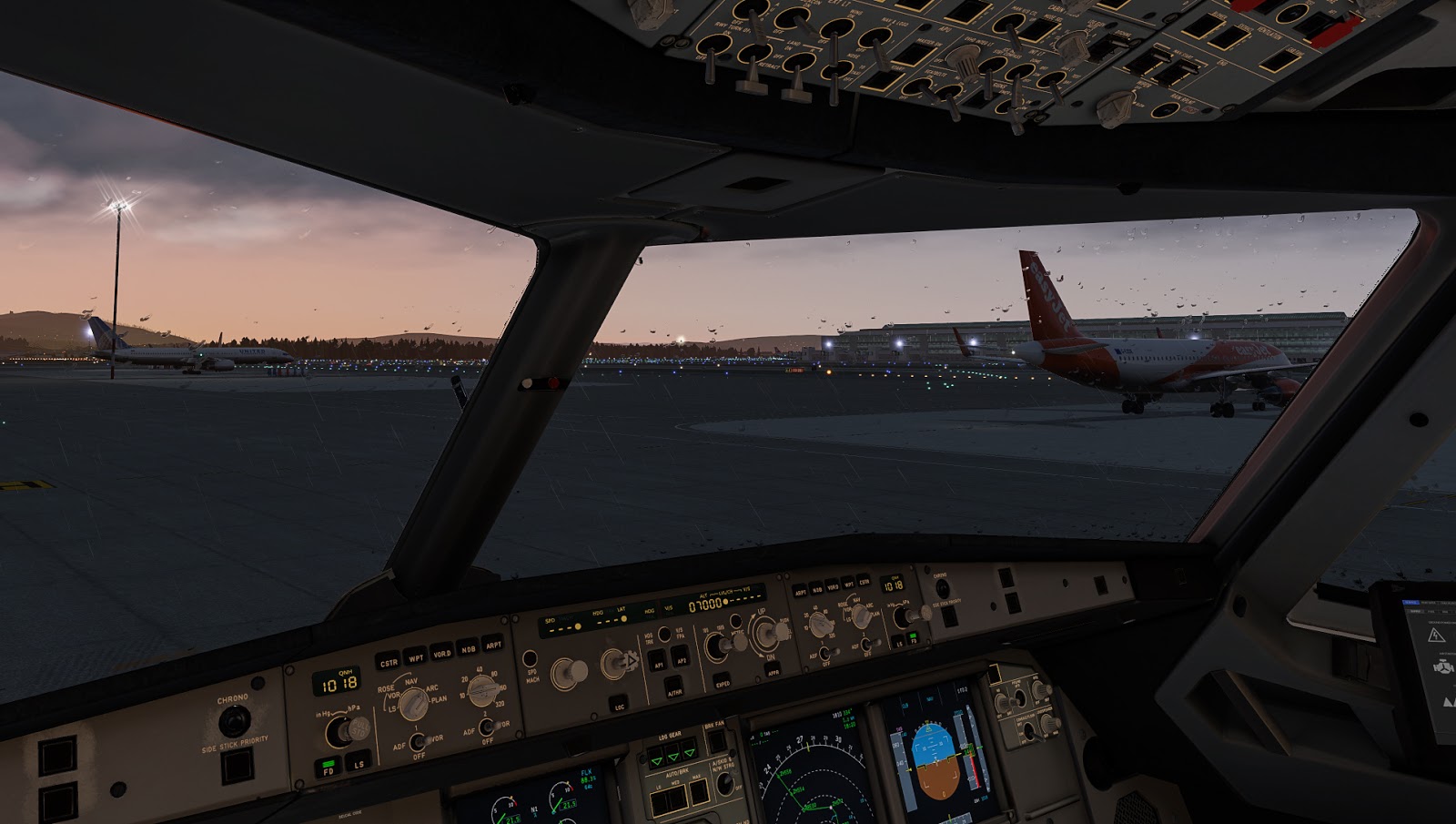

Earlier radars had used pulse-timing in order to determine range and the angle of the antenna (or similar means) to determine the bearing. Pulse-Doppler systems were first widely used on fighter aircraft starting in the 1960s. The first operational Pulse Doppler radar was in the CIM-10 Bomarc, an American long range supersonic missile powered by ramjet engines, and which was armed with a W40 nuclear weapon to destroy entire formations of attacking enemy aircraft. It combines the features of pulse radars and continuous-wave radars, which were formerly separate due to the complexity of the electronics. A pulse-Doppler radar is a radar system that determines the range to a target using pulse-timing techniques, and uses the Doppler effect of the returned signal to determine the target object's velocity.


 0 kommentar(er)
0 kommentar(er)
